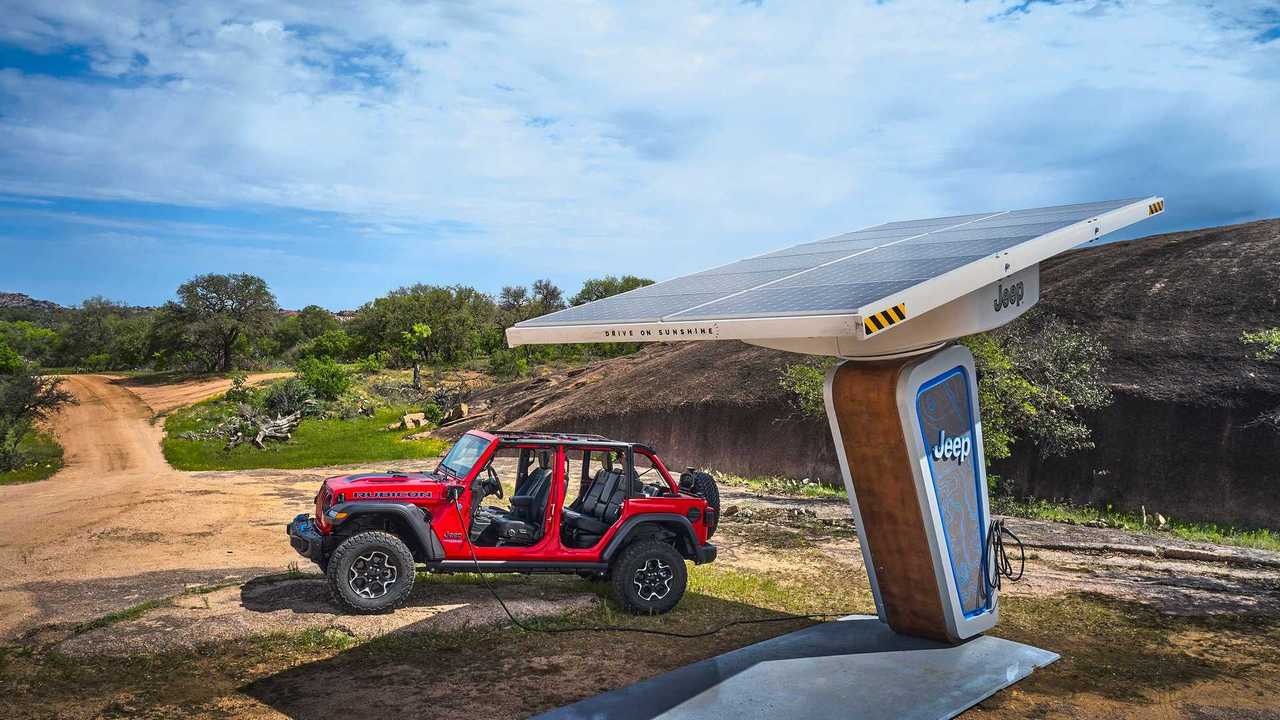People have noticed that EV sales growth is softening. Some have taken this to mean that EV adoption is stalled, and that the answer is to bet on plug-in hybrids (PHEVs). That’s not necessarily true. New data from research firm Bloomberg NEF shows that the relationship between PHEVs, EVs and overall demand is a little more complicated than what appears at first glance. PHEVs sales are growing, but EV sales are a much larger percentage of the market and growing even faster.
“It is true that plug-in hybrids, also known as PHEVs, have been gaining traction. These vehicles, which have both a battery and an internal combustion engine, saw sales figures grow a whopping 48% from 2022 to 2023,” wrote Corey Cantor, EV analyst for Bloomberg NEF. “Yet even that impressive acceleration failed to keep up with battery-electric vehicles (BEVs), which saw sales grow 51% in 2023 – and from a far higher base,” he continued. In the U.S., full EV sales crested 1.1 million units, compared to only 281,000 PHEVs.
Get Fully Charged
Consumers want more electrified options
EVs are still gaining market share, but some buyers are hesitant to make the full switch. Manufacturers like GM, Ford, BMW and more are pursuing PHEVs as a way to bridge the gap between ICE cars and full EVs.
The report also shows that Stellantis group products account for a staggering 46% of overall PHEV sales; Options like the Jeep Wrangler 4xe, and Chrysler Pacifica Hybrid take up a huge portion of that number. Toyota and Lexus PHEV models are a distant second place, comprising 15% of total PHEV sales. Kia, Hyundai, and Volvo (Geely) models make up the rest, but their EV sales numbers surpass their PHEV sales.

Does that mean PHEVs are a non-starter? No, but sales numbers show that the PHEV question hasn’t been fully answered. PHEVs are often sold as a solution to an EV intender’s hesitance due to range anxiety. Yet, in practice, it’s not clear if PHEVs can quite fit the bill all of the time, or if they make financial sense. For example, Bloomberg BNEF’s battery price survey showed that PHEV batteries are nearly three times pricier per kWh compared to an EV, $343/kWh in 2023, compared with $128/kWh for EVs. The $7,500 IRA tax credit could help defray some of those costs, but cars like the Toyota Prius Prime and RAV4 Prime are made in Japan and do not qualify. Considering that PHEVs make up less than 2% of Toyota’s sales numbers, I can’t see Toyota reconfiguring its manufacturing logistics to court such a small amount of sales.
Still, the PHEV technology feels somewhat underdeveloped, even compared to BEVs and non-plug-in hybrids. For instance, models like the Jeep Wrangler 4xe don’t have much range or good economy when out of full EV mode. More options of sophisticated, well-priced PHEVs with larger EV range coupled with proper education on how to use the vehicle effectively could get more buyers behind the wheel.
Contact the author: kevin.williams@insideevs.com
The demand for electric vehicles (EVs) continues to outpace plug-in hybrids, according to a recent report by industry analysts. This trend reflects the growing interest among consumers in environmentally-friendly transportation options and the increasing availability of EV models on the market.
The report found that EV sales have been steadily increasing in recent years, with a particularly sharp rise in demand in the last year. In contrast, sales of plug-in hybrids have remained relatively flat, highlighting the preference of consumers for vehicles that run solely on electric power.
One of the key factors driving the demand for EVs is the growing awareness of the environmental impact of traditional gasoline-powered vehicles. As concerns about climate change and air pollution continue to grow, more consumers are looking for alternatives that will help reduce their carbon footprint.
Another factor contributing to the popularity of EVs is the rapid advancement of technology in the electric vehicle industry. EV models are becoming increasingly affordable and offer longer driving ranges, making them a more attractive option for consumers looking to switch to electric vehicles.
In addition, the availability of charging infrastructure has also improved significantly in recent years, making it easier for consumers to own and operate an EV. Many cities and municipalities are investing in public charging stations, while businesses and homeowners are installing chargers at their properties.
Despite the growing popularity of EVs, plug-in hybrids still have their place in the market. Some consumers may prefer the flexibility of a hybrid vehicle that can run on both electric power and gasoline, especially in regions where charging infrastructure is still developing.
Overall, the report’s findings indicate that the market for electric vehicles is continuing to grow and evolve rapidly. As technology improves and consumer preferences shift towards sustainable transportation options, the demand for EVs is expected to continue outpacing plug-in hybrids in the years to come.Manufacturers and policymakers alike should take note of this trend and continue to invest in the development of electric vehicles to meet the increasing demand of environmentally-conscious consumers.

